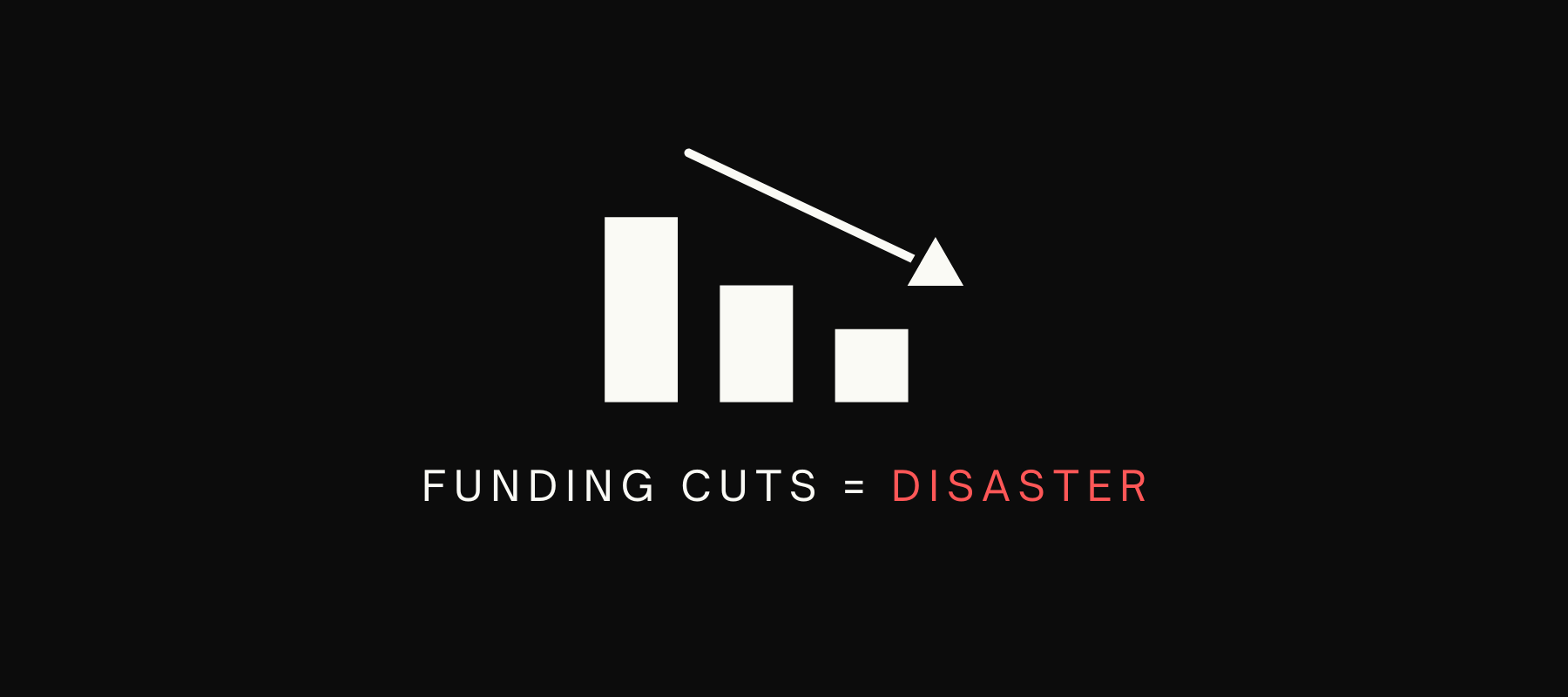Much ado about the provincial debt
If you read Vaughn Palmer’s online budget analysis in the Vancouver Sun, you’d be forgiven thinking that deficit hysteria is making a comeback in BC. The title of his online piece, Debt Hits Historic High, disappoints with its blatant sensationalism.
Yes, it is technically true that in straight up current dollars debt hit a historic high in this budget. But I have news for you, so did BC’s nominal GDP at the projected growth rates. And you know what, our population is also at a historic high. Care to take a guess about the consumer price level as measured by CPI? Yup, another historic high right there.
Perhaps you’re starting to get the picture: we cannot make meaningful comparisons of monetary amounts like debt, government spending or revenues over time in current dollars alone.
I was happy to see that Mr Palmer chose to dispense with the sensationalism in his print edition column’s title, where the debt reference in the subtitle is a lot less alarmist: Finance Minister Hansen’s 2011 budget not as comfortable as he’d like us to think: ‘Levels of prudence’ can’t hide the fact that the debt situation is heading in the wrong direction.
I came across Mr Palmer’s commentary first, but he only one of the majority of media commentators who compare straight up dollar figures for our debt level today with dollar amounts under the NDP (over a decade ago) without accounting for the fact that the size of the population we have to support has also grown as has our ability to support debt (our provincial economy). What this does is make the increases in debt appear larger than they really are.
It’s a very common mistake, and it often goes uncorrected because it happens to serve the interests of those who oppose government spending, and therefore debt, on ideological grounds.
The provincial debt is projected to hit $60 billion by 2014, most media commentators report. The exact billion dollar figures are there for their shock value — these are some truly large numbers — but raising alarm over them is a bit like raising alarm over a family’s $500,000 mortgage.
Sure, the number sounds big, but we can’t actually tell if it’s a affordable or not without information on that family’s income.
And let’s be clear, our province is the equivalent of a rather wealthy family with a total income (measured by the size of the economy, or GDP) of about $200 billion.
When expressed as a share of our provincial GDP, our current debt level seems very affordable indeed. Our current debt level is 16.5% of GDP, which is projected to rise to $17.8% of GDP by 2012/13 and then decline slightly (figures from the 2011 BC Budget).
Yes, it’s higher than the 13.4% we reached in 2008, but this shouldn’t come as a surprise to anyone. We just went through the deepest recession we’ve had in 30 years. Of course debt would be higher than what it was during the boom — that’s what should happen.
The vast majority of government borrowing was used to finance capital spending. It spurred economic activity and created jobs at a time when the private sector was shrinking, providing a much needed stimulus to the economy.
There was no big boost in program spending, no real fiscal stimulus on this end. The small operating deficits we saw were caused by temporary, recession-driven reductions in revenue. Maintaining spending in the face of falling revenue was the right thing to do in order to support BC families through the recession and avoid putting an additional drag on the economy.
In the end, the BC economy grew faster than expected in 2010, but that had more to do with developments in the global commodity markets and the US economy than with made-in-BC policies. It could have easily gone the other way. Without the stimulus spending, BC would have experienced a deeper and longer-lasting economic downturn.
In short, increased government borrowing of that size was justified and our provincial debt levels remain affordable.
When measured properly, which is to say as a share of GDP, BC’s debt is nowhere near “historic highs”. It’s also among the lowest in Canada.
So enough of the debt hysteria already and let’s talk about some of the real issues that the next BC Premier will have to address.
Topics: Economy, Media, Provincial budget & finance, Transparency & accountability


